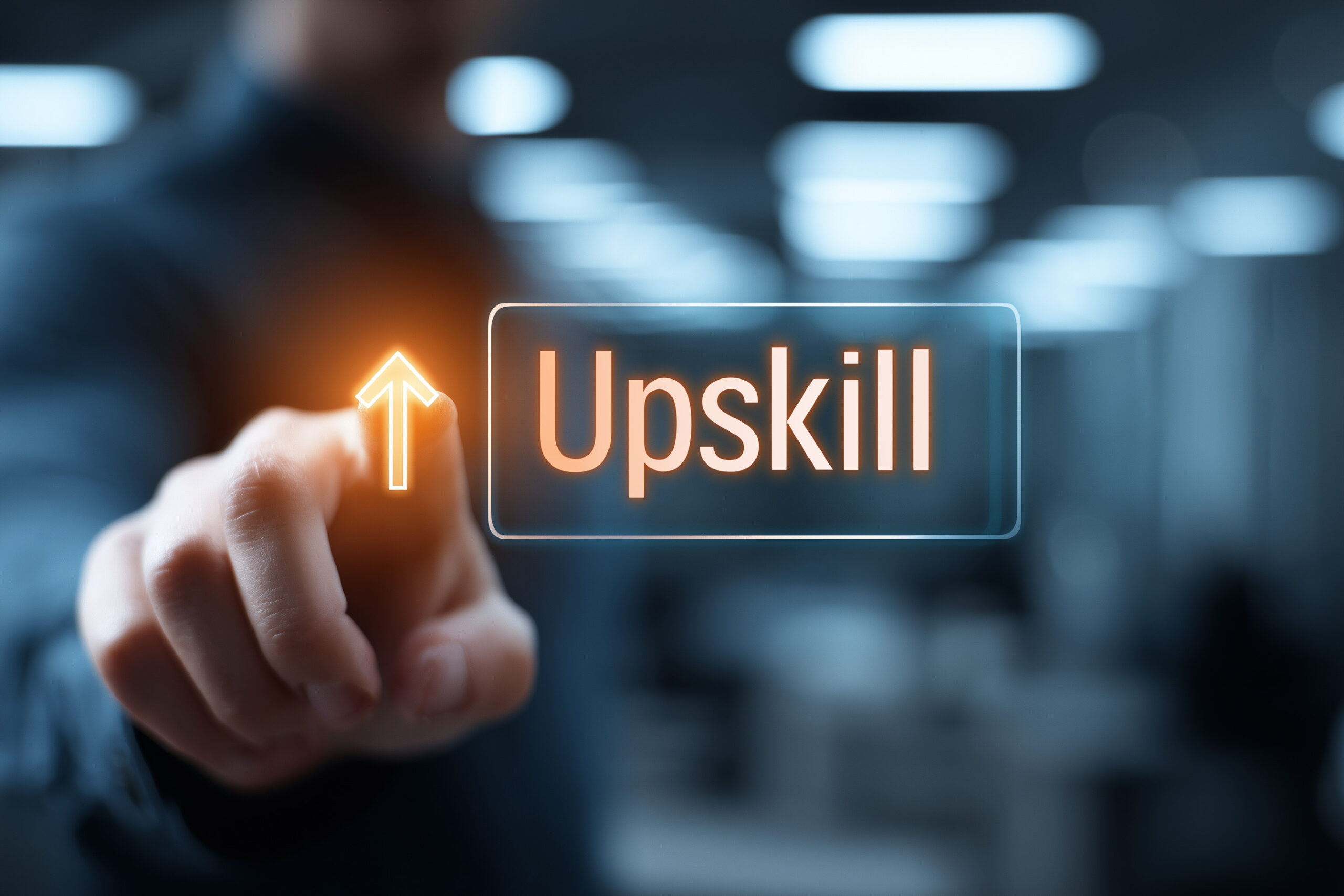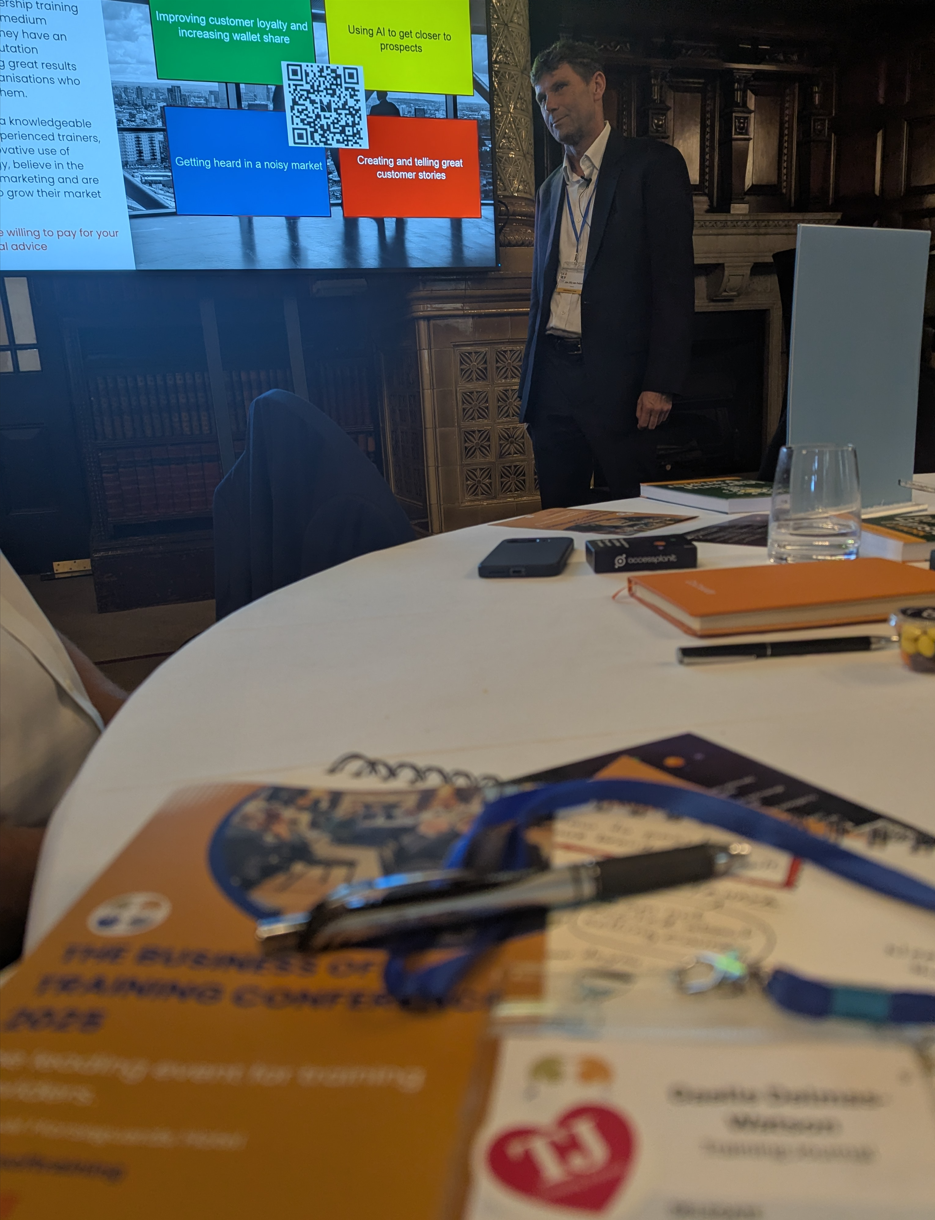Nick Petschek explores how the UK’s £275 million training pledge can spark workplace transformation. With most businesses struggling to apply AI, L&D leaders must move beyond traditional training to foster adaptability, embed change, and measure what matters: ensuring investment leads to lasting capability, resilience, and readiness for an unpredictable future.
In today’s volatile market, most upskilling efforts fail to drive real change. When unexpected funding arises, learning and development professionals face a critical challenge: moving beyond traditional training to unlock genuine organisational evolution.
The funding is here, but are we ready?
With 64% of UK businesses reporting low confidence in applying AI technologies the UK government’s £275 million pledge toward technical training is timely and critical. As the UK embarks on its largest workforce development initiative in over a decade, L&D professionals are in a unique position to help workers adapt their more traditional skills and build truly adaptable organisations that can thrive in the face of ongoing change.
Issuing certifications alone won’t ensure change
Industries across all sectors, particularly engineering, defence, and advanced manufacturing, are preparing to roll out large-scale upskilling programmes. But issuing certifications alone won’t ensure change. Here are five approaches to keep in mind to ensure the investment has lasting impact.
Engage the front line
Effective change efforts recognise that frontline workers often hold the key to successful technology adoption. In manufacturing, for example, the best ideas and solutions frequently come from those closest to the work.
Inclusive engagement also drives lasting change. Systems must be designed not just for high-performers or senior roles, but with access for all. Upskilling should feel relevant and attainable for every team member, regardless of their title, and should push them to stretch their limits—adding more value to them personally, as well as to the business. It’s not enough to offer mandated training, participation must feel, and be, meaningful. Co-designing efforts with learners and participants, surfacing insights early, and ensuring people feel seen and heard creates the foundation for sustainable change.
Personalised learning in practice and in narrative
Professionals today are seeking personalised learning experiences aligned with individual needs and long-term goals. Traditional “one-size-fits-all” models no longer resonate. To ensure training has lasting results, staff need to know what’s in it for them and how their role contributes to the broader mission of the team and company from the get-go. Therefore, adaptive pathways must reflect diverse learning styles and professional ambitions.
This is where strategic communication comes in, effective L&D professionals are “multilingual”. Able to speak to executives in terms of ROI, to managers in terms of operational value, and to workers in terms of growth and purpose. Storytelling and transparency complement this, backed with a shared goal and empathy to foster trust, especially during times of technological advancement.
Just as important is providing support through periods of change. When employees feel guided, they see value and are more likely to become advocates, rather than resistors.
Measure what matters
Traditional training metrics consisted of attendance rates, course completions, satisfaction surveys, and offered only a surface-level view of progress, and very little depth on impact. While helpful, they didn’t capture the ultimate goal of lasting workforce transformation, which is improved performance and adaptability.
To assess this lasting impact, businesses must track leading indicators such as engagement with new technologies, speed of cross-functional collaboration, and adaptability in the face of disruption. Key questions L&D leaders must also raise include:
- Are team members applying new abilities?
- Are teams experimenting more confidently?
- Is collaboration replacing silos?
Sophisticated measurement also includes cultural markers such as psychological safety, openness to feedback, and knowledge sharing across departments. These elements are predictive of whether development efforts will stay or fade once the funding ends.
Creating sustainable change through “adaptability champions”
Organisations that thrive in an era of rapid transformation are those that treat skill-building and upskilling as a regular part of team conversations, so that adaptability becomes a habit, not an initiative.
Successful efforts develop internal champions who create multiplier effects. These individuals model desired behaviours, coach peers through change, and accelerate future evolution by helping the business respond quickly to evolving capability needs.
Why embedding change can’t wait
As businesses respond to today’s skill challenges and tomorrow’s unknowns, L&D specialists have a critical opportunity to drive lasting workplace transformation. By combining deep business insight with strategic communication, evidence-based learning design, and thoughtful use of technology, they can create systems that go beyond knowledge transfer to build long-term capability and resilience.
The tools and the talent
The tools and frameworks exist to make change possible. What remains is the commitment and skill to implement them with the depth and rigour that lasting results demand. Organisations that fail to embed skills into their culture today, may find themselves unable to adapt in an increasingly unpredictable world.
Nick Petschek is EMEA MD at Kotter International




